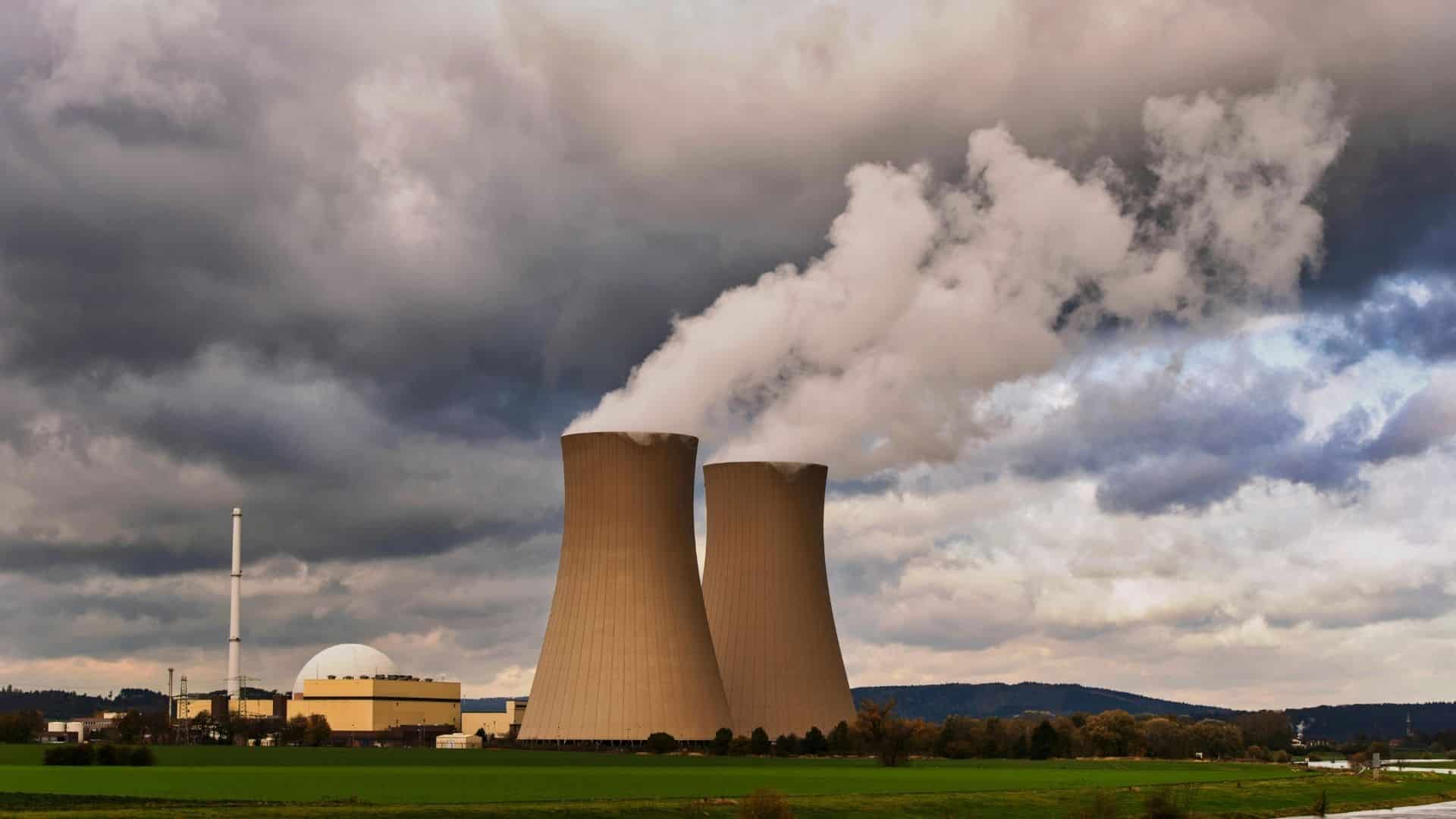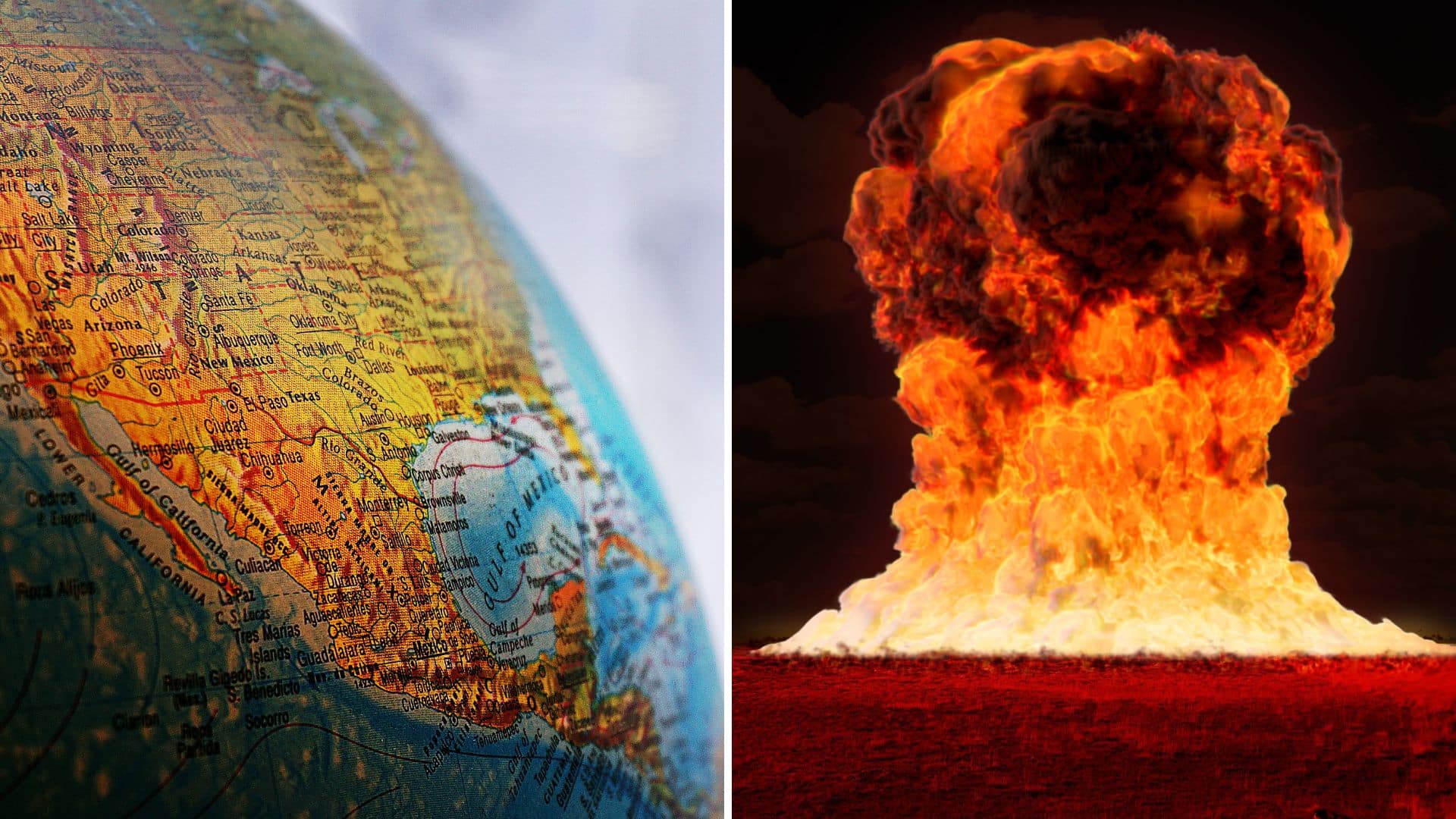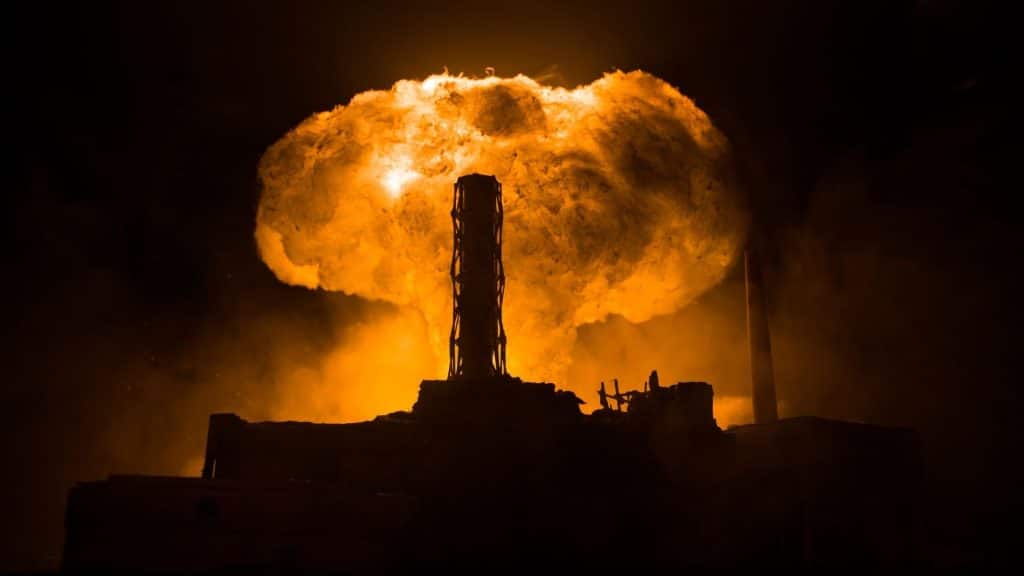Are we living in the most dangerous period for nuclear weapons since the Cold War ended?
The spread of nuclear technology and weapons continues to grow worldwide. Nations are increasingly viewing nuclear capability as a means to deter threats and shape global negotiations.
The emergence of several nuclear-armed states has replaced the clearer Cold War order with a more fragmented security environment. Countries feel less secure and want their own nuclear protection.
Nuclear proliferation risks affect every nation on Earth. When more countries have nuclear weapons, the chances of accidents or conflicts increase. Global security becomes harder to maintain.
In this blog, I’ll show you how political tensions drive nuclear threats, what factors push countries toward weapons programs, and which regions pose the greatest risks to global stability.
How Geopolitics Influences Nuclear Threats?
Rivalries among stronger states often prompt smaller nations to examine nuclear options as a means of protection against coercion.
Regional conflicts push nations toward nuclear programs when diplomatic solutions fail and countries need stronger deterrent capabilities against potential attackers.
- A competitive buildup of weapons fueled by regional rivalries.
- Fragile states are perceiving heightened exposure to attack.
- Alliance changes that leave countries vulnerable.
- Economic sanctions push nations toward self-reliance.
- Power struggles between major world powers.
- Trade disputes that affect military partnerships.
Political factors make countries feel they need nuclear weapons for survival and respect on the international world stage during modern conflicts.
What Are the Key Drivers Behind Nuclear Proliferation?
Multiple factors push countries to develop nuclear weapons despite international treaties and the economic costs associated with these programs.
1. Security Concerns
Countries under persistent security stress see nuclear arsenals as the only safeguard against overwhelming force. Regional conflicts create fear among smaller countries.
Nuclear weapons provide security guarantees that conventional military forces cannot match. Countries believe these weapons prevent major attacks from enemies.
2. Prestige and Status
Nuclear weapons give countries more influence in international politics. Nations want to join the exclusive club of nuclear powers.
Possessing nuclear forces signals elevated status, giving leaders the sense that their nation holds greater weight in international decision-making.
3. Technology Access
Scientific knowledge about nuclear technology continues to spread globally. More countries now possess the technical skills necessary for developing weapons programs.
International cooperation in peaceful nuclear energy sometimes provides pathways to weapons development. Dual-use technology makes monitoring difficult for international agencies.
Power Distribution’s Impact on Nuclear Stability

A multipolar nuclear structure complicates deterrence because each actor interprets threats and red lines differently.
Multiple nuclear powers lead to more complex relationships and potential conflict points, where simple Cold War deterrence strategies may be ineffective.
| Power Distribution Factor | Impact on Nuclear Stability | Risk Level |
|---|---|---|
| Multiple nuclear decision-makers | Higher miscalculation probability | High |
| Complex alliance networks | Unclear deterrence signals | Medium-High |
| Regional power competitions | Increased proliferation pressure | High |
| Shifting balance of power | Unstable strategic relationships | Medium-High |
| Multiple conflict flashpoints | Greater accident probability | High |
| Varied nuclear doctrines | Unpredictable crisis responses | High |
| Information flow complexity | Communication breakdowns | Medium |
The crowded nuclear landscape heightens the risk of missteps, as signaling becomes increasingly complex among numerous armed states.
What Concerns Arise from the Nuclear Fuel Cycle?
The nuclear fuel cycle presents multiple opportunities for the development of weapons. Countries can use civilian nuclear programs for military purposes.
Uranium enrichment and plutonium reprocessing are the most dangerous steps. These processes produce materials that are used in nuclear weapons.
- Enrichment Risks: Countries can enrich uranium beyond levels needed for power plants to create weapons-grade material.
- Reprocessing Dangers: Separating plutonium from spent nuclear fuel provides another path to weapons materials for determined nations.
- Storage Problems: Accumulated nuclear materials require strong security measures to prevent theft by terrorist groups or other nations.
- Technology Transfer: International cooperation in nuclear energy can accidentally help weapons programs in participating countries.
These technical challenges make it hard to separate peaceful nuclear energy from potential weapons development programs.
Regional Hotspots with Rising Nuclear Threats

Several world regions show increasing nuclear proliferation risks due to ongoing conflicts and security concerns among neighboring countries.
Middle East
Iran’s nuclear program creates regional tensions with Israel and Saudi Arabia. Other Middle Eastern countries consider their own nuclear options.
The region’s conflicts and proxy wars increase pressure for nuclear weapons development. Countries fear being left defenseless against nuclear-armed neighbors.
South Asia
Pakistan and India continue expanding their nuclear arsenals. Their ongoing rivalry drives continued development and modernization of their weapons programs.
Border disputes and military tensions keep both countries focused on nuclear deterrence. Other South Asian nations watch these developments with growing concern.
East Asia
North Korea’s nuclear program threatens regional stability and influences other countries’ security calculations. South Korea and Japan reconsider their non-nuclear policies.
China’s nuclear modernization has a significant impact on regional power balances. Taiwan’s security situation creates additional complications for nuclear stability in the region.
How Are Global Efforts Mitigating Proliferation Risks?
International treaties and organizations work actively to prevent nuclear weapons from spreading across the globe. The Nuclear Non-Proliferation Treaty remains the primary legal framework for controlling proliferation.
The International Atomic Energy Agency conducts comprehensive inspections of nuclear facilities worldwide, and the regular monitoring helps ensure that civilian nuclear programs stay peaceful and avoid military applications.
Export controls limit access to nuclear technology and materials. Countries coordinate to prevent dangerous materials from reaching potential weapons programs.
Diplomatic pressure and economic sanctions are used to target countries that violate nuclear agreements. The international community uses multiple tools to discourage proliferation.
Key Insight: Despite these efforts, determined countries often find ways around international controls through black market networks and secretive development programs.
Wrapping It Up
In summary, nuclear proliferation remains one of the most pressing challenges facing our interconnected world today.
The combination of shifting power dynamics, regional rivalries, and technological advances creates a perfect storm for weapons development.
While international frameworks exist to control proliferation, their effectiveness depends heavily on political cooperation and enforcement mechanisms.
The future requires innovative approaches beyond traditional treaties and sanctions. Success in preventing proliferation demands stronger global partnerships and better coordination between nations.
Only through collective action can we address these mounting security challenges. The stakes couldn’t be higher for maintaining peace and preventing nuclear catastrophe.
What steps do you think world leaders should prioritize to strengthen global non-proliferation efforts in the coming decade?





































